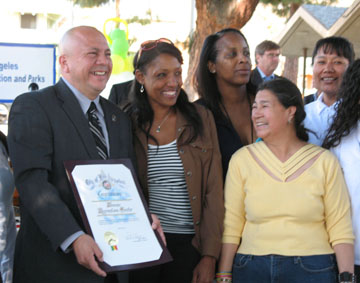 Hundreds of furious South LA residents attended today’s Los Angeles City Council meeting to protest the proposed redistricting map they believe would weaken the influence of African Americans and severely disrupt their community.
Hundreds of furious South LA residents attended today’s Los Angeles City Council meeting to protest the proposed redistricting map they believe would weaken the influence of African Americans and severely disrupt their community.
“They’re going to take established communities and divide the neighborhoods, so they’ll lose influence,” said Jacqueline Arkord, as she waited to enter the council chambers.
“I’m not happy about what they’re trying to do with our community,” complained Joyce Stinson. “We as black people don’t have a say so. We’re here to make a stand.”
For three hours people from different districts of the city pleaded with the council to not make the proposed changes. At times, the testimony was explosive.
Korean American attorney Helen Kim, a member of the Redistricting Commission, testified that the process had been flawed and that the redrawing of the map had been done in secret back room meetings. Grace Yoo, the executive director of the Korean American Coalition, said they will sue over the new map.
In a heated exchange, a man accused Council President Herb Wesson of being an “Uncle Tom,” eliciting a strong reaction from a livid Wesson.
Not all public comments were against the proposed map. State Senator Curren Price, who represents much of South LA, was booed by the audience when he stated he was in favor of the new boundaries.
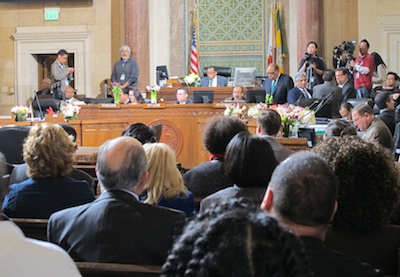 Despite the contentious public testimony, the City Council approved the map with new boundaries for the 15 council districts.
Despite the contentious public testimony, the City Council approved the map with new boundaries for the 15 council districts.
The vote was 13-2. Council members Bernard Parks and Jan Perry, who represent South LA districts 8 and 9 and who have been the most vocal critics of the proposed map, were the dissenting votes.
The approved map removes a big chunk of downtown from Perry’s district, just leaving her the area around the Staples center, and takes USC out of Parks’ district. On a bright note for Parks, the Rules, Elections and Intergovernmental Relations Committee approved an amendment earlier in the day that will keep parts of Baldwin Hills Estates in his district.
If not for that amendment, Parks’ place of residence would have been cut out of District 8, forcing him to either move or abandon his seat (council members must live within the district they represent). He has another three years left on his third and final term in City Council.
Perry will term out of her current seat next year, so the fact her downtown L.A. home residence has been left out of her district is not an issue for her. She is running for mayor in 2013.
In an unusual move, Perry addressed Wesson after the vote, apologizing for not having voted for him to become Council President. If she hadn’t been so critical of him, she said, perhaps her district wouldn’t have been sacrificed. “I feel your wrath, I feel your power,” she stated.
Wesson denied having used the redistricting process to punish Perry for not supporting his presidency.
“A great injustice has been done to the people of Los Angeles. Hundreds of people came out today in protest of what they viewed as maps that did not respect public testimony and the democratic process,” said Perry in a statement. “I am deeply offended and saddened that City Council insisted on rushing a process that will have enormous impacts on the future of communities for the next decade.”
Shortly after the vote, Parks sent his constituents an email saying the new city council district boundaries will “turn South LA Districts 8 & 9 into poverty pits, stripping away thriving business districts and economic engines, leaving little opportunity for new development and new jobs.”
The process is now in the final phase. Mayor Antonio Villaraigosa has yet to sign it. Parks is asking the mayor to veto the proposal.
Both Parks and Perry, whose districts will now be the poorest in the city, have vowed to sue over the new map.









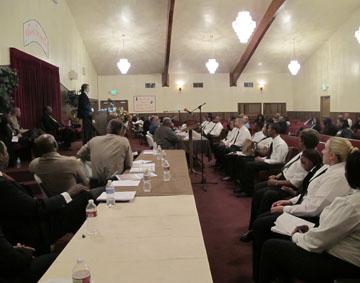
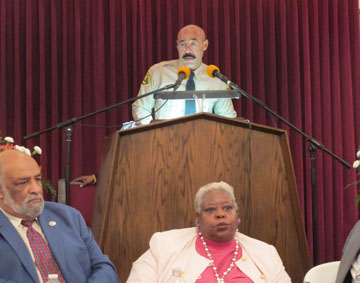
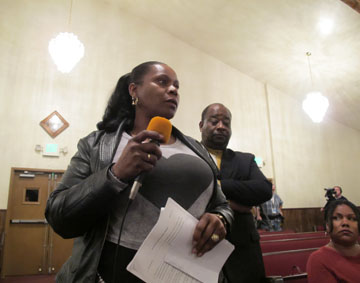
 From the moment kids walk through the kindergarten doors their schools are pushing them to aim for college, and with good reason. Even in the slow recovery from the worst economic downturn since the Great Depression, unemployment for college graduates was 4.2 percent in January 2012 compared to 8.4 percent for high school graduates, according to the Bureau of Labor Statistics. And by 2018 as we become a more tech- and information-based economy, nearly two-thirds of jobs will require at least some college education, according to a 2010 report by Georgetown University’s Center on Education and the Workforce.
From the moment kids walk through the kindergarten doors their schools are pushing them to aim for college, and with good reason. Even in the slow recovery from the worst economic downturn since the Great Depression, unemployment for college graduates was 4.2 percent in January 2012 compared to 8.4 percent for high school graduates, according to the Bureau of Labor Statistics. And by 2018 as we become a more tech- and information-based economy, nearly two-thirds of jobs will require at least some college education, according to a 2010 report by Georgetown University’s Center on Education and the Workforce.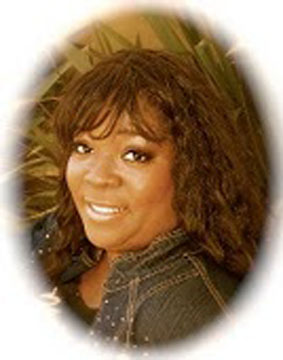 I had a brief exchange with a woman a while back about how improper behavior and the lack of proper manners is hurtful to people wanting to advance and improve their lives and her response to me was “you can’t impose middle class values on the ghetto!” I was amused at her response, but also a little sad, she clearly did not understand that proper behavior has nothing to do with race or ones financial status, but more in the respect we pay to each other and ourselves.
I had a brief exchange with a woman a while back about how improper behavior and the lack of proper manners is hurtful to people wanting to advance and improve their lives and her response to me was “you can’t impose middle class values on the ghetto!” I was amused at her response, but also a little sad, she clearly did not understand that proper behavior has nothing to do with race or ones financial status, but more in the respect we pay to each other and ourselves.
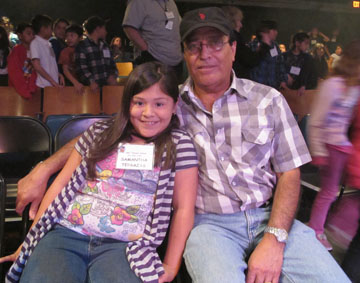



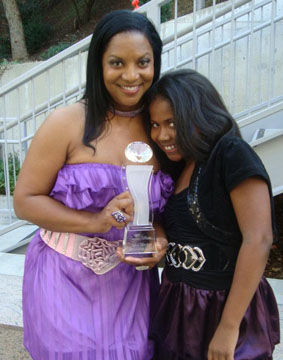

 With the top 1% in full control of education policy and responsible for creating a financial crisis that is defunding our schools and eliminating essential programs such as Adult Education and Early Childhood Education, we must join together as the 99%. We must take back control of our schools from corporate interests and make those responsible for the financial crisis in this country pay, so we can fully fund our schools.
With the top 1% in full control of education policy and responsible for creating a financial crisis that is defunding our schools and eliminating essential programs such as Adult Education and Early Childhood Education, we must join together as the 99%. We must take back control of our schools from corporate interests and make those responsible for the financial crisis in this country pay, so we can fully fund our schools. On the corner of 38th and Broadway in South Los Angeles sits a small charter high school with a big agenda on its hands. After six years in the same building, the warehouse-turned campus plans to move to downtown LA in the fall. But as Kira Brekke reports, the school has a lot of problems to tackle because it leaves South LA.
On the corner of 38th and Broadway in South Los Angeles sits a small charter high school with a big agenda on its hands. After six years in the same building, the warehouse-turned campus plans to move to downtown LA in the fall. But as Kira Brekke reports, the school has a lot of problems to tackle because it leaves South LA. 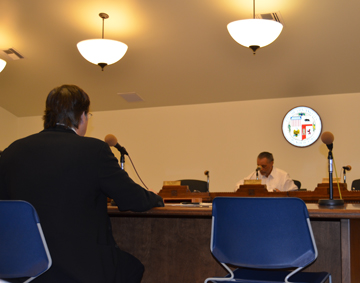 One thing was clear after Thursday night’s special city council committee meeting: the neighborhood councils need change. And fast.
One thing was clear after Thursday night’s special city council committee meeting: the neighborhood councils need change. And fast.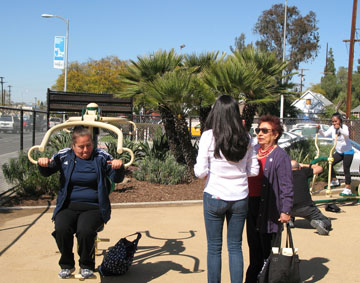 Hoover Recreation Center is a small little pocket park situated at the busy intersection of 25th and Hoover. It’s in the bustling working-class neighborhood of South Adams, which nestles up against the University of Southern California.
Hoover Recreation Center is a small little pocket park situated at the busy intersection of 25th and Hoover. It’s in the bustling working-class neighborhood of South Adams, which nestles up against the University of Southern California.